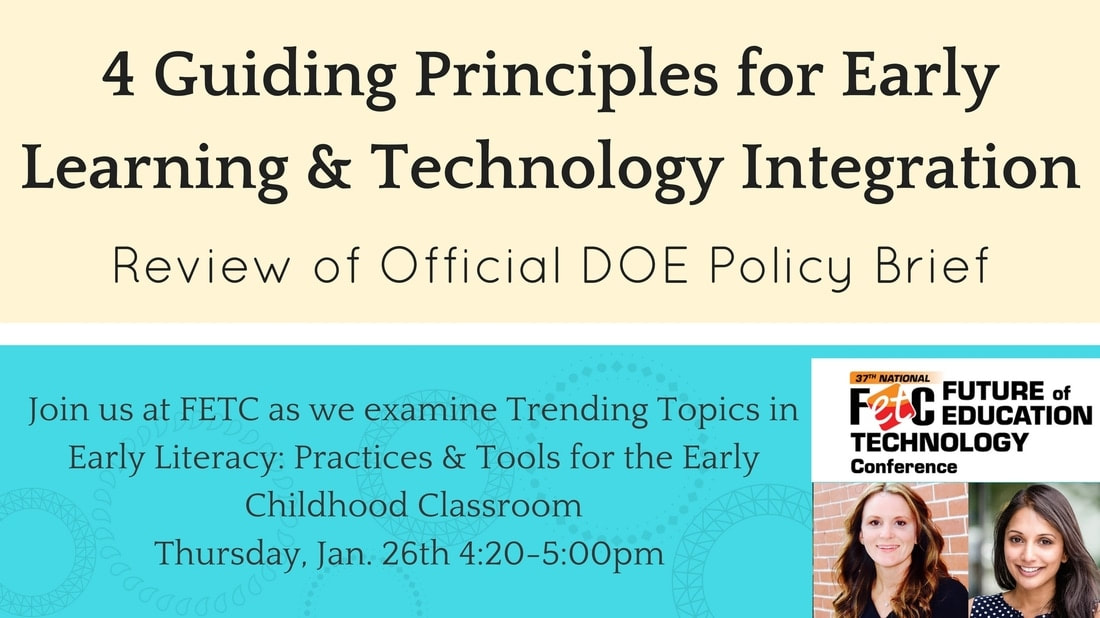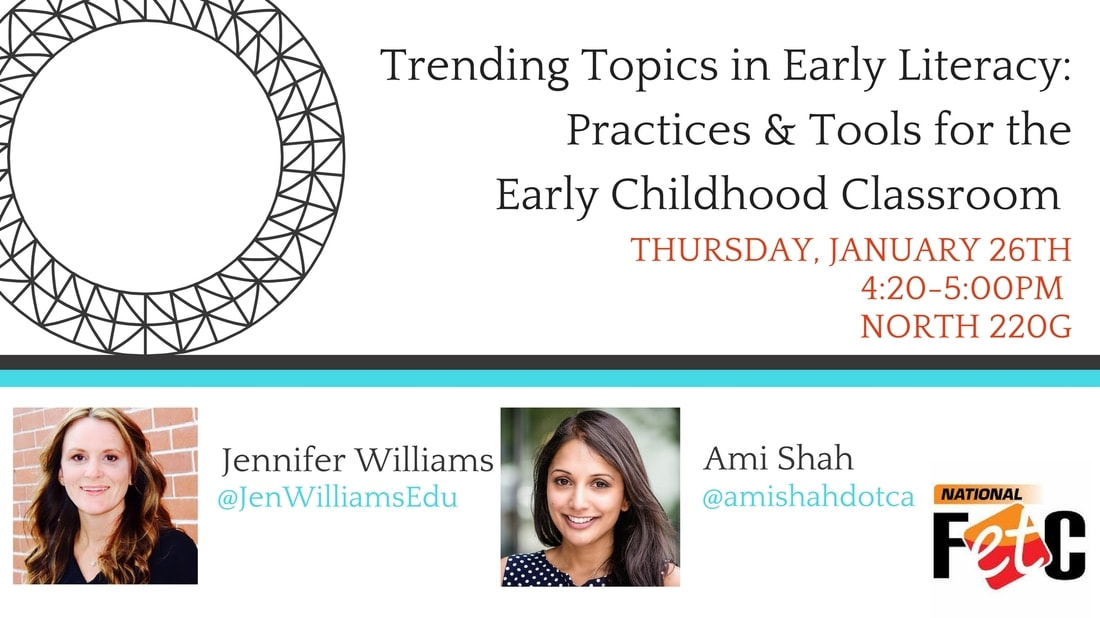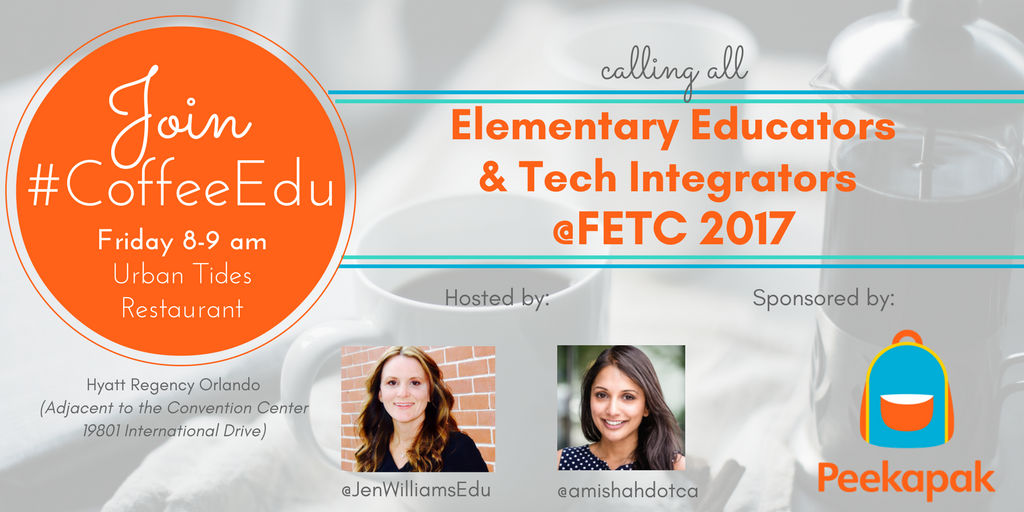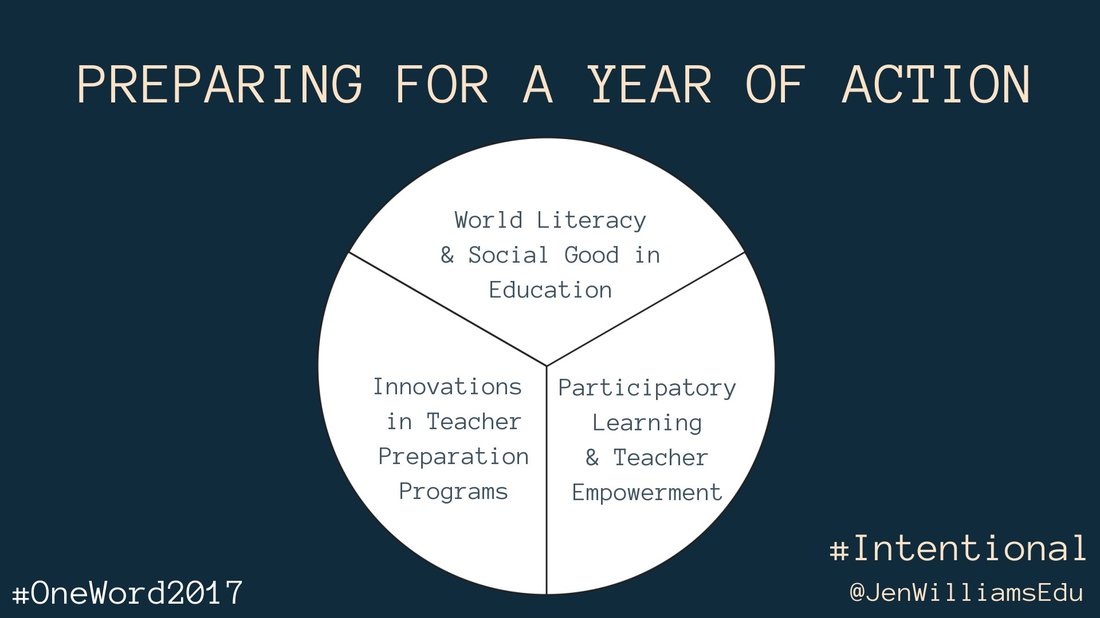|
As Peekapak founder, Ami Shah, and I set out to create an immersive and interactive session for our upcoming FETC presentation “Trending Topics in Early Literacy: Practices and Tools for the Early Childhood Classroom,” we sought ways to share relevant, research-based information that could guide practice and instruction for early childhood educators. In our work in early childhood education, literacy, social-emotional learning, and educational technology, we look to frameworks and guidance based on evidence from the field of education.
In October of 2016, in response to increased use of technology with early learners, the United States Department of Education in partnership with the United States Department of Health and Human Services published the Early Learning and Educational Technology Policy Brief. As teachers are faced with the need to make decisions on growing amounts of emerging technologies available for young students, including educational apps, digital books, interactive software, and games, this brief offers four primary guiding principles for use of technology with early learners are provided. Guiding Principle #1: Technology---when used appropriately---can be a tool for learning. According to the DOE, developmentally appropriate use of technology can be beneficial to young children. As technology enables students to extend learning beyond the walls of their classrooms and homes, it can offer experiences that before were nearly impossible. Recommendations for use include:
Guiding Principle #2: Technology should be used to increase access to learning opportunities for all children. Today in education, the topics of access and opportunity for all students are growing concerns for educators and policy makers. Technology also enables access to a world beyond one’s own community and can provide culturally responsive learning experiences for students. The DOE brief indicates multiple activities that can be incorporated into instruction with early learners to help connect different communities and close the digital use divide:
In recent years, technology has brought considerable focus to importance of building the home-school connection, particularly for early learners. As a third guiding principle, the DOE recommends use of technology to help build and strengthen relationships between educators and families. Though it is not recommended for technology to replace meaningful face-to-face communications, the brief specified several areas where use of technology can help bridge physical divides between home and school:
Guiding Principle #4: Technology is more effective for learning when adults and peers interact or co-view with young children. With any instructional tool, proper guidance and instruction from an adult or knowledgeable peer is critical for effective use. Interactive discussions with authentic connections to real-world experiences can bring technologies to life for young learners. Within the brief, the DOE recommends that parents and educators use interactions before, during, and after use of technology to personalize learning for the early childhood learner. The following examples were offered:
In efforts to help educators and parents be well-informed on integration of technology to support young learners, the DOE brief further provides an evidence base and call to action for researchers seeking ways to advance current understandings within the field. To review the entire brief, please visit https://tech.ed.gov/earlylearning/. We hope you are able to join us at FETC as we further examine the guiding principles offered by the DOE brief in relation to practice and pedagogy in early childhood classrooms: FETC, Orlando, Florida Trending Topics in Early Literacy: Practices and Tools for the Early Childhood Classroom Presenters: Ami Shah & Jennifer Williams Thursday, 4:20-5:00pm Room N220G Also, please look to join us at the final FETC #CoffeeEdu on Friday, January 27th at 8-9am as the conversation continues! Click HERE for more info & registration. United States Department of Education & United States Department of Health and Human Services. (2016). Early learning and educational technology brief. Retrieved from: https://tech.ed.gov/earlylearning/
0 Comments
Last semester in one of my courses with my higher ed students, amidst the hustle and bustle of final projects, exam preparations, and approaching holidays, and during one of our final classes, we paused. We simply stopped mid-lesson--practically mid-sentence--and paused. Searching for stillness in hurried moments such as these can be challenging, but, noticing the need to bring calmness and sanctuary, we quieted apprehension with first discussion and then silence. Computers and books and stacks of papers were removed from our tables, and we found ourselves in a conversation on our “whys.” Why did they each choose this profession of education? What made each of these extraordinary college students select this path that we as current educators know is full of great challenge but even greater reward? As each shared and unpacked emotions and ideas, we again paused. Through sharing and returning to a fundamental purpose that defined our “whys,” we found ourselves moving to feelings of calm certainty. Though we could have quickly returned to our lessons and needed preparations, in that moment it was completely clear that nothing was more important than somehow capturing that emotion. For the rest of our class that day, my students worked to record their feelings and perspectives. Private letters written from their current day selves to their future "practicing teacher" selves were then sealed and tucked away in folders.
After over 20 years in education, I so wish I had a letter reminding me of my initial reasons for becoming a teacher. I am quite sure even then I wanted simply to make a difference. The possibility of impacting positive change through children, providing safe space for inquiry and wonder and exploration of thought, building community through shared stories and collective experience. A letter that could serve as reminder to “see the forest for the trees,” but also take notice of each of those trees along the trail. As I have reflected on this and returned to thinking of all my loops and detours in my journey as an educator, I find resolve in my “why” that has always guided me both as a professional and as a person. This year, as I set out on 2017, I am determined to keep hold of that same calm certainty that my own students discovered that day in our class. In a world that sometimes gets distracted with reform and reinvention, I am going to work to return to the basics of education by making each decision in response to the question “what is best for students and our world?” Free of jargon or distractions of a sometimes “noisy space,” this year I choose to be intentional. And, though I may be without a guidebook or a letter reminding me of my why, I can hold strongly to what fuels my passions as a teacher and to what simply makes me me. You in a Pie Chart? I'd love to see what makes you "you!" Please share your #oneword2017 or #MeinaPieChart journey! Thanks to Buncee for providing such a beautiful platform for creation and community! |





 RSS Feed
RSS Feed